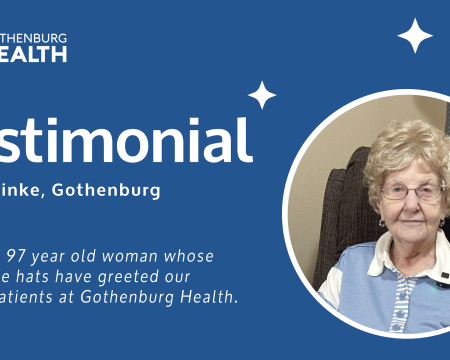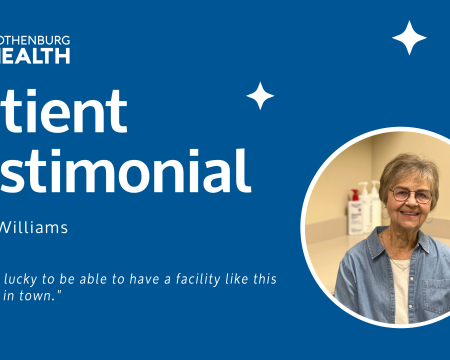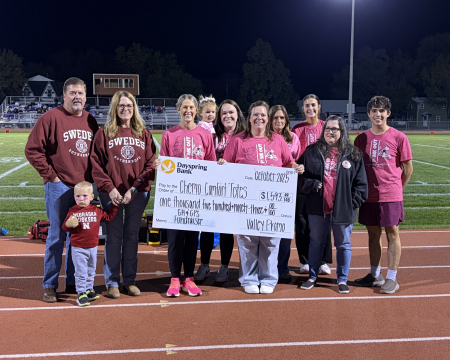Oysters, Zinc and Coronavirus
Oysters, Zinc and Corona Virus
Boston felt like a long way from Nebraska, and oysters on the ½ shell didn’t make me feel any more at home! “Do people honestly eat them raw?” I queried to my Dietetic Internship roommate many years ago. My sole experience with oysters, up to this point in history, had been oyster soup at Christmas. I couldn’t, for the life of me, understand why someone would care to swallow a rubbery, uncooked version as an appetizer in downtown Boston, but I didn’t know then what I know now about oysters, zinc and corona virus.
Oysters are packed with zinc. One of these raw little fellows contains 5.5 mg, and since the RDA for adults is 8-11 mg, eating one could send you happily on your way to meeting your zinc requirements for the day.
You could care less about zinc, I am guessing! Most generally, we don’t go around asking each other if we have had our allotment of zinc for the day, but that may have to change!
I am beginning to love the idea of munching on oysters for their zinc content, and I want to convince you that this is a worthy Corona Virus pastime.
Zinc plays a critical role in many biological functions, but its role in immune function possesses particular interest to us right now. There is ample evidence to suggest that it prevents viruses from entering a cell and also in reducing its potency once it gets there. It plays an anti-inflammatory role in the immune system, keeping the immune system from becoming over activated (excessive inflammation).
Zinc supplementation has been shown to decrease the number of upper respiratory tract infections in the elderly. In 2010, in-vitro research demonstrated the antiviral activity of zinc, and combining it with an ionophore produced a powerful effect. The ionophore facilitated the entrance of zinc into the cell and was shown to inhibit RNA replication of the coronavirus (remember there are many coronavirus’).
An ionophore may be a new concept to you, but you probably consume them all the time! Apples and the outer leaves of onions (especially around the roots) contain quercetin, a natural ionophore. Epigallocatechingallate (EGCG) is another ionophore that is found in the cup of green tea you might be drinking.
Zinc has many other applications, but ensuring that you have adequate zinc intake during the Corona pandemic and flu season is of important, especially if you are at risk for inadequate zinc stores.
Who is at risk for inadequate zinc stores?
- Elderly
- Immune Compromised
- People with Gastro-Intestinal Issues
- Auto-Immune and Inflammatory Conditions
- Vegans, Vegetarians
- People on Certain Medications: ACE inhibitors, thiazide diurectics and medications that reduce stomach acid (e.g. Prilosec or Pepcid), cortisone.
A prudent approach at this time would be to consume foods high in zinc and/or take a supplement that contains 8-20 mg of elemental zinc (lower dose for the young and healthy). If you encounter Covid or another seasonal virus, increase your intake to 50 mg for 2 weeks or until you are well, then return to a lower dose.
Don’t think you are doing yourself any favors by always taking extra zinc. Long-term intake of excess zinc actually can have negative effects on your immune system and can precipitate a deficiency of copper by creating an imbalance in the zinc-copper ratio in your body. However, if you are deficient in zinc or are actively fighting a virus, extra zinc for a short time is legitimate.
Are there other natural sources of zinc besides oysters? Try these zinc sources: meat (especially liver), eggs and milk. Pumpkin seeds, wheat germ and legumes provide limited amounts of zinc, but the phytate content of these whole plant foods decreases the availability of it, so best not to rely on plant sources for this mineral.
As for copper sources, reach for pumpkins seeds, sesame seeds, dark chocolate, liver, and you guessed it, oysters!
Relax, when I tell you to eat oysters though! You won’t have to eat them on the ½ shell. Canned oysters actually contain more zinc than the raw ones.
So why not grab a can of oysters and enjoy a mid-afternoon snack? Of course, it would be better to have something to go with it, and since apples and onions contain quercetin, maybe I could entice you to make an oyster-onion spread for apple slices.
1 oyster raw 5.5 mg zinc (.4 mg copper)
1 oyster canned 8 mg zinc (.4 mg copper)
3 oz. beef liver: 5.2 mg zinc (14 mg copper)
Oysters on the half shell with hogwash recipe:
https://www.webmd.com/food-recipes/oysters-on-the-half-shell-with-hog-wash

Mary Lou Block
Registered Dietician






